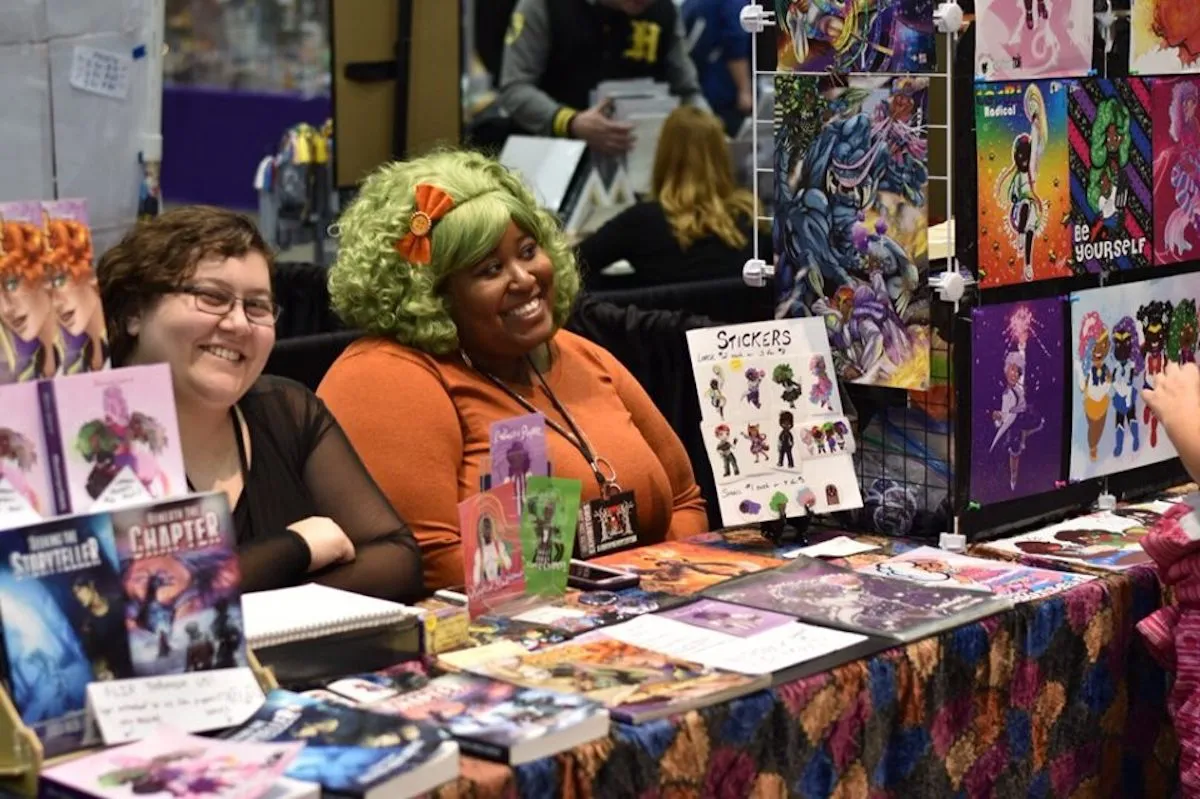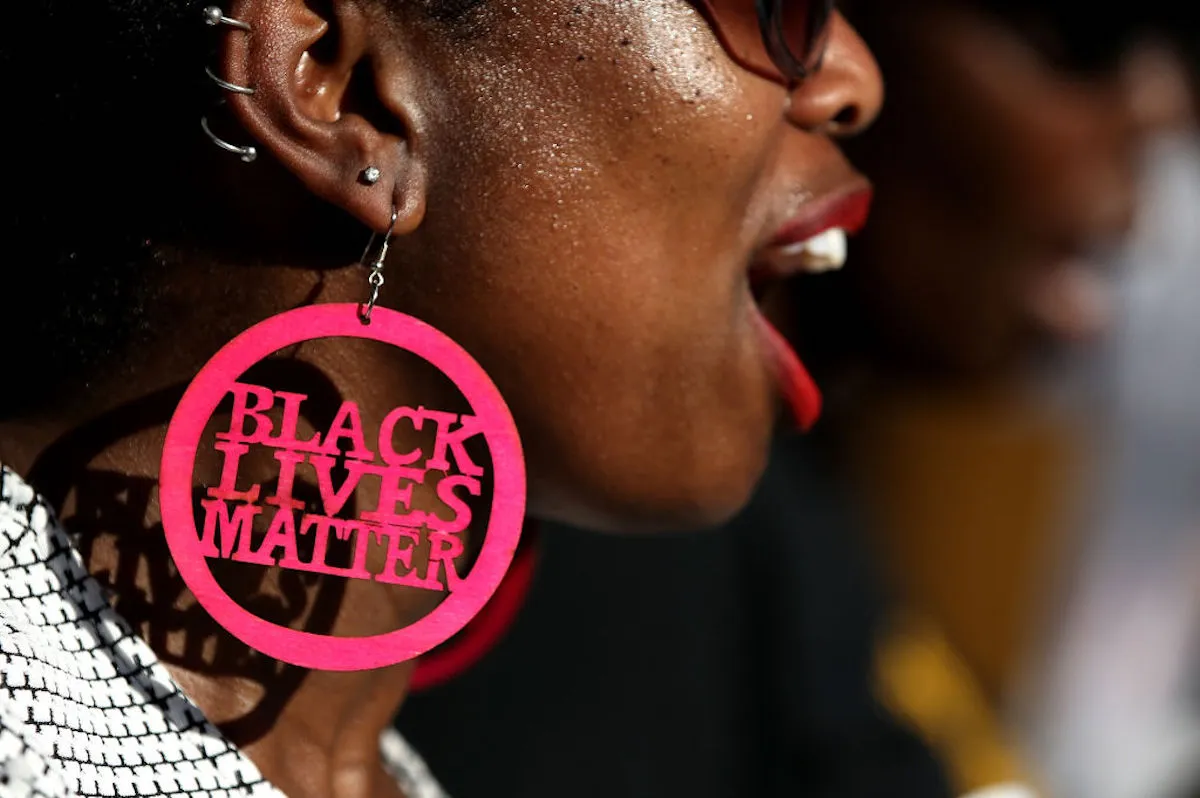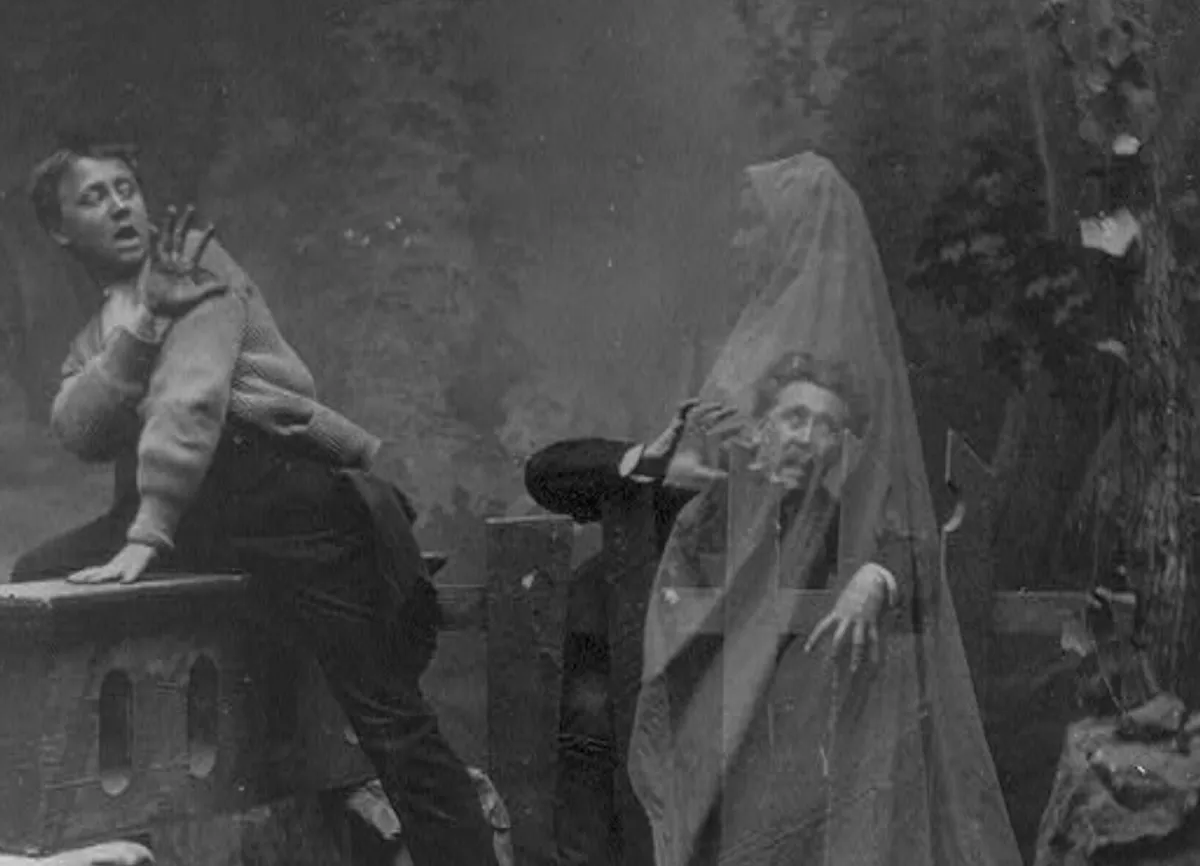Author Ben Blatt recently wrote about some of the findings from his new book, which uses statistical analysis to examine trends in literature, for The Wall Street Journal. As part of his research for the book, Blatt used computer models to look at the gendering of certain words and descriptions in fiction. The results revealed a whole lot about our cultural subconscious.
Blatt first looked at which verbs were used more frequently with male characters than female, and vice versa. (Unfortunately, he didn’t include any analysis of genderqueer or non-binary characters or authors.) His 300-book study population included 100 books each from these three categories: 20th-century literary classics, recent bestsellers, and recent literary award-winners.
For female characters, the five most disproportionately used verbs were:
- shivered
- wept
- murmured
- screamed
- married
For male characters, they were:
- muttered
- grinned
- shouted
- chuckled
- killed
Blatt also found that “male characters are about twice as likely to grin as female ones.”
Some of these discrepancies feel expected. For marketing reasons, much mainstream “women’s fiction” tends to be about marriage, so I can see how “married” ends up assigned to more female characters. Men commit the majority of real-world murders, so the gendering of “killed” has a grim logic to it.
“Murmur” and “mutter” were funny to me, though. I guess “murmur” does sound gentler and softer than “mutter,” which could explain why it’s assigned to women, but I don’t think of those two as particularly gendered words. (Then again, I don’t think of a woman’s “mutter” as particularly threatening either.)
Blatt also ran some analysis based on the gender of the author–and here was where it got quite interesting. I was particularly disturbed-yet-unsurprised by the way male authors use the verb “interrupted.”
“In each of our three categories (classics, popular fiction and literary fiction), male writers are at least 75% more likely to have their female characters interrupt than their male ones. Meanwhile, female authors didn’t discernibly differ in the frequency with which they have their characters of both genders interrupt.”
From parties to meetings to presidential debates, women are far more likely to be interrupted than to interrupt. However, men perceive women as taking up far more space and time than they actually do in group settings and discussions. Even when women speak less, they are perceived as speaking more. As the Australian feminist Dale Spender put it, “The talkativeness of women has been gauged in comparison not with men but with silence.”
Women writers also seemed to hold stereotypes about men. While women writers were more likely to let their male characters “sob” than male writers, they were also less likely to acknowledge their male characters’ fear.
“Female authors use sob at about the same rate for their male and female characters—but male writers hardly ever use it to describe their own male characters. Male authors seem, consciously or not, to hold that if ‘real men don’t cry,’ then ‘fictional men don’t sob.’
On the flip side, male authors describe their male and female characters as fearing at about the same rate—but female writers refrain from having their male characters fear things. Overall, they are about twice as likely to use the verb fear when talking about women rather than men.”
While it’s true that women generally do have more to fear than men in our violent, patriarchal world, I found it intriguing that women authors seemed to buy into patriarchal ideas about male bravery and projected confidence. Women writers seem to have learned to push back against the ideas that “real men don’t cry,” but they’ve still internalized these ideas about men’s self-assurance.
In short, while its specifics are quite interesting, Bratt’s analysis just confirms what feminists have been saying for a long, long time: sexism keeps all of us from accepting, appreciating, and fully imagining each other’s interiority.
(Via The Wall Street Journal; image via Shutterstock)
Want more stories like this? Become a subscriber and support the site!
—The Mary Sue has a strict comment policy that forbids, but is not limited to, personal insults toward anyone, hate speech, and trolling.—
Follow The Mary Sue on Twitter, Facebook, Tumblr, Pinterest, & Google+.







